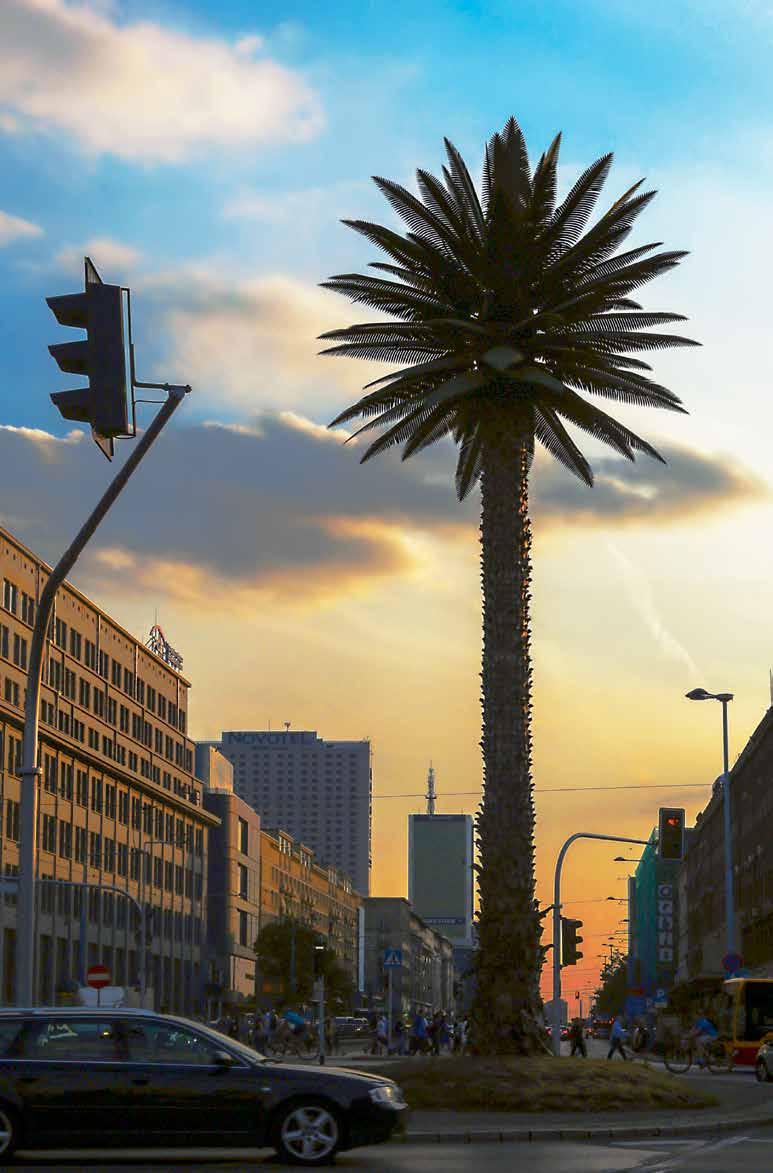
5 minute read
Visual arts
The Power of Art
Street Art
Advertisement
Polish art is stepping out of the gallery and occupying public spaces. Joanna Rajkowska’s popular installation in the centre of Warsaw known simply as the Palm – or ‘Greetings from Jerusalem Avenue’ to use its full title (AbOVE) – proves that artistic intervention can speak the language of the street. Initiatives like Paweł Althamer’s ‘Golden Airplane’,, in which the celebrated Polish artist flew dozens of residents of his Warsaw housing estate to Brussels as part of his ‘A Common Task’ project, splendidly displayed how art can break down barriers that politics can’t manage to cross. Art has shown this power again and again through figures like Artur Żmijewski and Katarzyna Kozyra, whose critical art, as expressed in such works as Kozyra’s ‘Pyramid of Animals’, has drawn attention to problems that we now recognize as natural elements of public debate: issues of disability, the treatment of animals, and tolerance of racial and sexual differences. As a form of ‘soft power’, Polish art illuminates and diversifies public discussions, while young artists increasingly display autonomous, radically individual artistic attitudes. A good example are the artists involved in Poznań’s Penerstwo group: Wojciech Bąkowski, Konrad Smoleński and Radek Szlaga, whose work is often shown abroad •
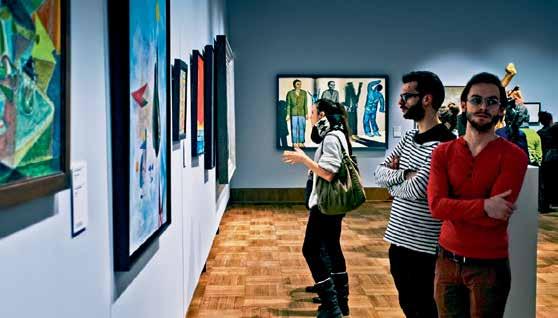
Polish art ignites! It tantalizes, upsets, stirs controversy … and changes the world. As curators of prestigious institutions around the world know, it pays to keep an eye on Polish art. Collectors know it, too. Museums, public galleries and private initiatives are all involved in promoting the latest art in Poland. Each year 21 of Warsaw’s private galleries host Warsaw Gallery Weekend, with a new exhibit opening at each gallery, meetings, lectures, and industry events. wGw promotes the latest Polish art by presenting the work of artists who are generally under 40. There are busy art institutions operating in cities far from the centre of the country as well, such as Tarnów, Zielona Góra, Bytom and Białystok. Their collections are built with the help of funding from the Ministry of Culture and National Heritage •
Storming the International Stage
When the artist Katarzyna Krakowiak (RIGhT) won an award at the Venice Architecture Biennale in 2012, she was the first Polish woman to be recognized at this prestigious event. Her award followed up the Golden Lions won at the Architecture Biennale four years earlier by Poles Kobas Laksa and Nicolas Grospierre. Polish artists operate in the international arena. Illustrator Agata ‘Endo’ Nowicka draws for the New Yorker magazine and the Wall Street Journal. Joanna Mytkowska, director of the Museum of Modern Art in Warsaw, is one of the judges of the Turner Prize for the most interesting young British artists. Artur Żmijewski curated the Berlin Biennale in 2012, and the 2017 documenta festival in Kassel will be led by Adam Szymczyk, who has headed Kunsthalle Basel for many years. Works by artists such as Wilhelm Sasnal, Piotr Uklański and Mirosław Bałka can be more often seen in London or New York rather than in Polish galleries •
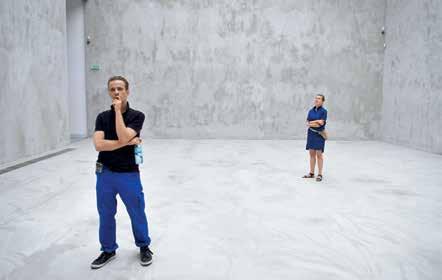
Wojciech Bąkowski (AbOVE)
‘When I began my studies, I wanted to depict the poetry of the Poznań housing blocks, and particularly how my inner life is located between them’, says Wojciech Bąkowski, an artist who was moulded by Leszek Knaflewski’s Audiosfery studio. As a student, he played in the experimental groups Kot and Czikita. With friends from art school he founded the artistic group Penerstwo, focussed on recording internal emotional states and the seeming triviality of the everyday. He is also the creator of incredibly original ‘Spoken Films’ and has won many of Poland’s top artistic prizes. Bąkowski’s verse may be heard at solo concerts or on recordings by the now-defunct group Niwea • Agata ‘Endo’ Nowicka (AbOVE)
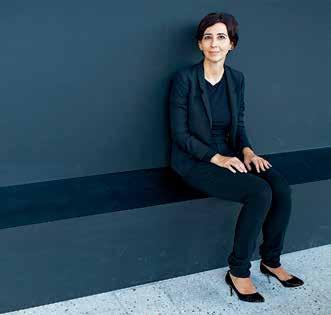
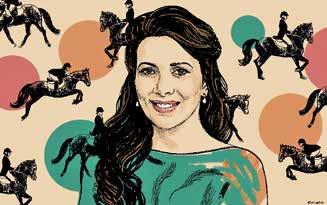
In the 1990s Endo made her first drawings using Microsoft’s Paint program, but now her works are among the most recognizable in print media, featured in magazines like Harper’s Bazaar and The New Yorker. In 2013, she organized an exhibition of Polish illustration art with Maria Zaleska at the Museum of Modern Art in Warsaw entitled Painters of Illustrations. She currently works with the Wall Street Journal Magazine • Joanna Mytkowska (TOP)
When she took the helm of the newly founded Museum of Modern Art in Warsaw in 2006, she had completed years of practice as a curator and organizer at Galeria Foksal, the Galeria Foksal Foundation, and the Polonia pavilion at the Venice Art Biennale. Then she took on the future of Poland’s largest modern art institution. Mytkowska is one of many women currently leading the most important art institutions in the country (in Warsaw alone, the Zachęta National Gallery of Art is headed by Hanna Wróblewska, the National Museum by Agnieszka Morawińska, and the Centre for Contemporary Art – Ujazdowski Castle by Małgorzata Ludwisiak) •
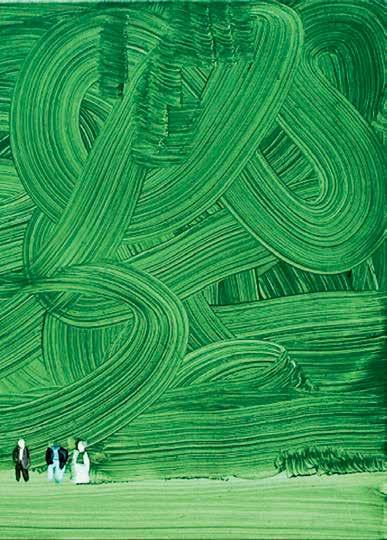
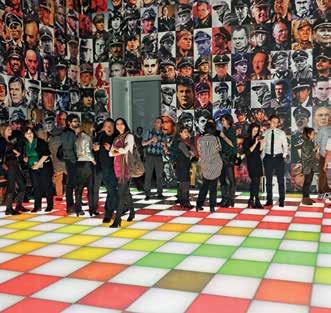
Wilhelm Sasnal (AbOVE)
When Sasnal founded the Ładnie (Nice) group in 1996 with his friends, they made one of the most radical turns in Polish art of the 1990s.Ładnie addressed problems across the spectrum of economic, cultural and social changes, often illustrating them with jokingly realistic paintings. Many of Sasnal’s works are close to critical art, such as the ‘Maus’ series inspired by the comics of Art Spiegelman. With his transparent visual language, humorous content and unusual painterly craft, Sasnal rapidly became the best selling Polish painter, with his works shown at the world’s leading galleries, like Anton Kern in New York and Whitechapel in London. In addition to paintings, he makes films with his wife Anna • Piotr Uklański (TOP RIGhT)
The artistic embodiment of the American dream, Piotr Uklański lives and works in New York City, while working with the Galeria Foksal Foundation in Warsaw and Gagosian Gallery. Uklański slips easily between such disparate themes as contemporary philosophy and the pop-culture aesthetic of kitsch. In addition to installations, photographs and photomontage, Uklański directed a feature film in the Western convention whose eccentricity fully reflects the nature of the artist’s work • Anda Rottenberg (AbOVE)
Curator and author of books popularizing contemporary art. Anda Rottenberg’s outlook as a curator has often generated social criticism, sparking changes in the Polish public discourse and mirroring the maladies of Polish culture. One of Rottenberg’s greatest achievements as a curator was 2011’s Side by Side. PolandGermany. 1000 Years of Art and History at the Martin-GropiusBau in Berlin •










